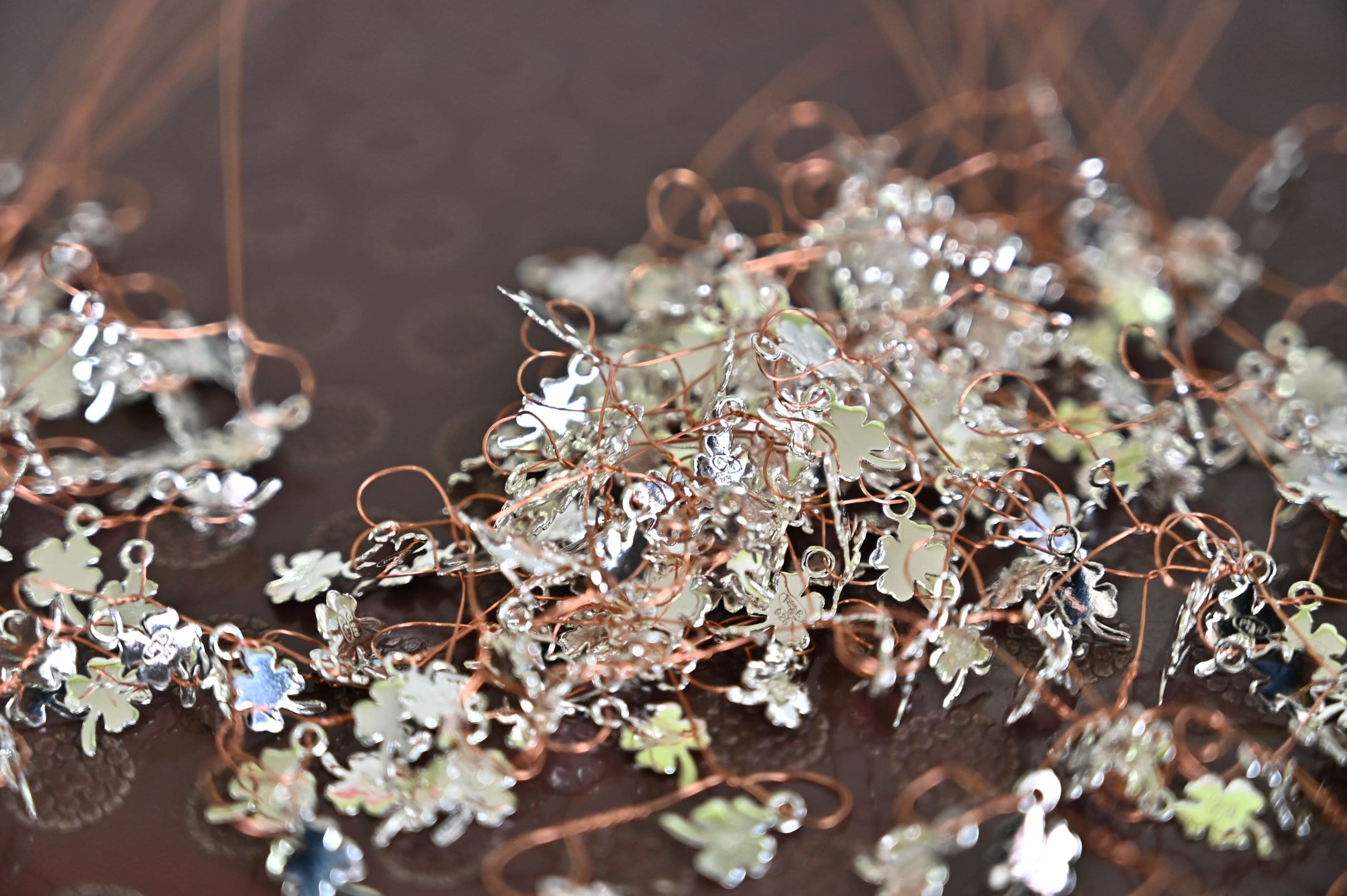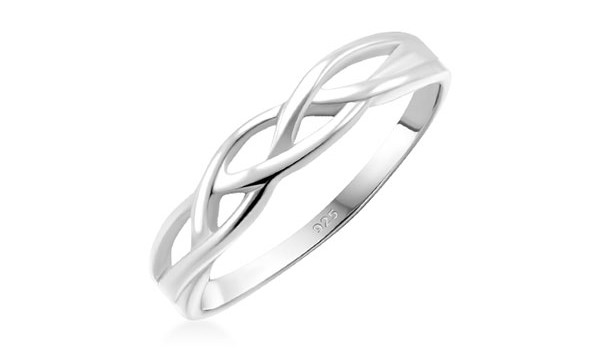
Topaz Silver Jewelry
TopazSilverJewelry.com (TOPAZ B.K.K Co., Ltd.) is a leading manufacturer and exporter of 925 sterling silver jewelry. Founded in 1992, we have over 30 years of experience producing high-quality silver jewelry.

Sterling silver may be the most egalitarian of decorative metals. Worn by kings and commoners throughout the ages, the alloy was first created to make silver strong and practical enough for creating jewelry, tableware and other items. Pure silver is too soft to hold its shape and be used for decorative and practical purposes. 925 sterling silver is an alloy containing 92.5% silver and 7.5% other metals, like nickel, copper or platinum. The alloy created by the addition of these metals is strong and durable enough to last for many years, and holds the intricate designs of jewelry and tableware.
Pure silver was originally mined in Anatolia, which is now Turkey, beginning in around 4000 BC. By 2500 BC, the ancient Romans and Greeks also began using the gleaming metal for jewelry, coins, and tableware.
There is no single inventor of Sterling silver. Many artisans of the time noticed the softness and impracticality of creating useful items from silver and experimented with adding other metals to strengthen it. However, it’s believed that the Germans in the 12th century first came up with the idea of creating an alloy of these percentages to strengthen the metal.
The Norman rulers of the 12th century in Europe introduced a silver coin that had a small star on it. The term “sterling” comes from “steorra,” an old English word meaning “star.” The metal used to make the coins was later introduced in England in the 13th century and became the standard alloy used for making silver objects.
The use of the numeral 925 to denote Sterling silver dates back to the French in the 14th century. The use of the term spread to the UK, while in other countries it may differ. Silver items made before the year 1920 have a higher silver content than 925. These are referred to as antique silver items and are softer. They are highly collectible items and three of the most valuable are art nouveau silver from Austria, Georgian silver from England, and rococo silver from France.
The middle ages featured the widespread use of silver coins by many countries in Europe. Silver was also used for jewelry, decorative and household items. The quality of the silver fluctuated wildly between countries as the rulers each minted their own coins. Some country's coins contained almost pure silver, while others contained small amounts of the metal.
In the 16th and 17th centuries, the coins also played a major role in the establishment of international trade between Europe and the New World countries across the Atlantic.
The mechanization of the Industrial Revolution in the 18th and 19th centuries caused the value of silver to decline. It became easier to mass-produce silver coins and objects on a large scale. This led to an increase in supply and a corresponding decrease in value.
Sterling silver’s popularity declined somewhat in the 20th century as cheaper and more durable materials, such as plastics, ceramics and aluminum, began to be mass-produced. However, it still remained a favorite metal for creating fine tableware and jewelry.
Sterling silver has found new favor with many jewelry designers of today. They appreciate it for its balance of workability, and its timeless elegance and soft, gleaming appeal. They continue to value sterling silver and use it to design new innovative and intricate styles.
Tableware designers and manufacturers have also found plenty of new customers who value the designs and craftsmanship of the tableware produced by these artisans.

Thailand has had a long and cherished history with sterling silver since the 6th century. The Dvaravati civilization of central Thailand was known for the intricate jewelry and practical silverware they produced. Beginning in the 18th century, jewelry-making spread throughout Thailand and particularly up into the hill tribes of Northern Thailand. The Hmong, Karen, Akha, and other tribes of this region are well-known for the quality of their silver jewelry.
Today, creating fine silver jewelry is an honored tradition in Thailand and regional influences add an original and unique touch to some of the country’s jewelry designs.
Topaz Silver Jewelry is a silver jewelry manufacturer based in Bangkok, Thailand, that distributes our stunning jewelry to jewelry retailers all over the world. Many of our jewelry retailers have recognized the benefits of partnering with a jewelry wholesaler with 30 years of experience.
We offer versatile packaging solutions tailored to our clients' needs. We also realize our responsibility to minimize our impact on the environment. Contact Topaz Silver Jewelry to become a partner and experience fine-quality silver jewelry from Thailand.